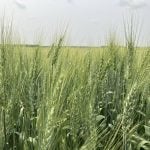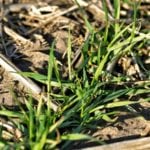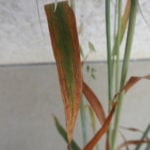Manitoba’s winter cereals are off to a good start. Anne Kirk, cereals specialist with Manitoba Agriculture, and Alex Griffiths, agronomist with the winter wheat program of Ducks Unlimited Canada, both report plenty of fields in good shape, particularly those seeded in the prime window in early to mid-September. “We have had some moisture this September,[...]















